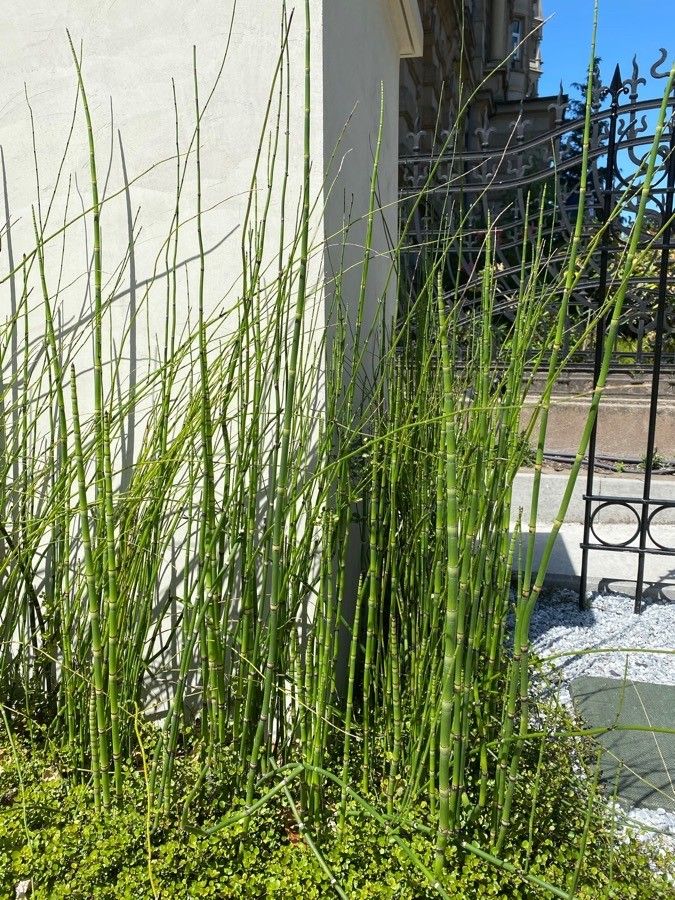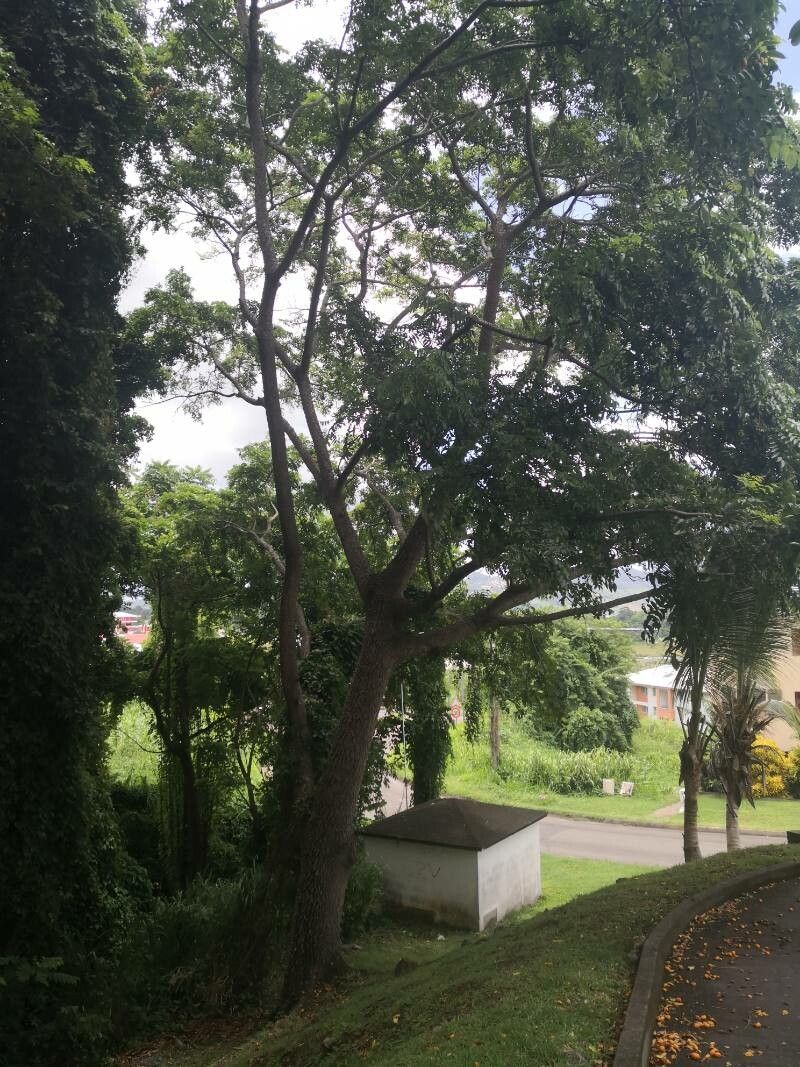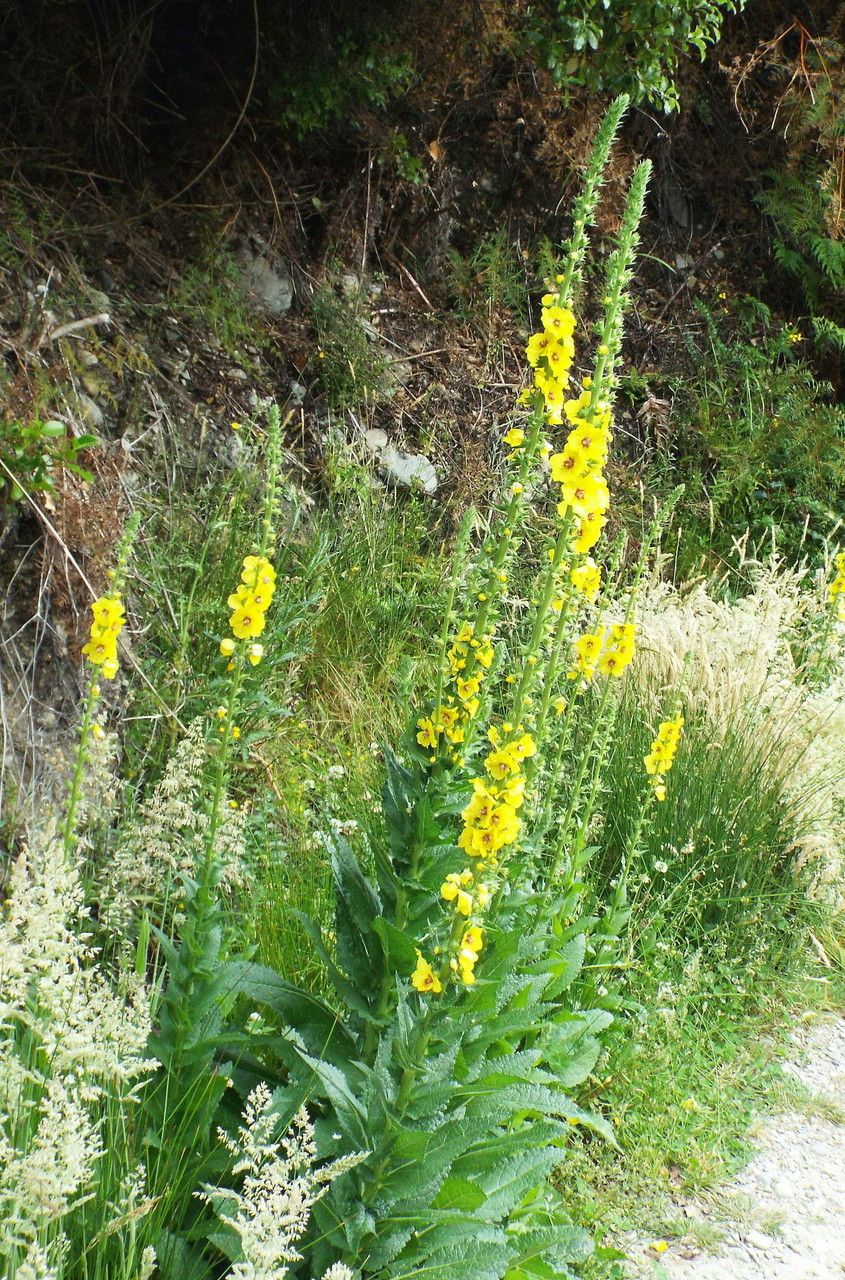# Cherry-Laurel: A Comprehensive Guide
The Cherry-Laurel (*Prunus laurocerasus*), a member of the Rosaceae family, is a popular evergreen shrub or small tree prized for its dense foliage and attractive white flowers. Its glossy, leathery leaves and ability to thrive in a variety of conditions make it a common choice for hedging and landscaping. However, it's crucial to be aware of its toxicity before planting.
### Habitat and Growth
Native to southwest Asia and southeast Europe, Cherry-Laurel has naturalized in many parts of the world. It thrives in a wide range of conditions, tolerating full sun to partial shade. It prefers well-drained soil but can adapt to various soil types. This adaptability contributes to its popularity as a versatile landscaping plant. Growth rates vary depending on conditions, but it can reach heights of 10-25 feet and similar spreads.
### Sun Exposure and Soil Needs
Cherry-Laurel is remarkably adaptable. It tolerates full sun but also thrives in partial shade, making it suitable for a variety of garden locations. Regarding soil, well-drained soil is preferred, but it can tolerate different soil types, including clay, sandy, and loamy soils. However, consistently wet or waterlogged soil should be avoided to prevent root rot.
### Planting and Care
Planting is best done in spring or autumn. Dig a hole twice the width of the root ball and plant at the same depth it was growing in its container. Water thoroughly after planting. Regular watering, especially during dry spells, is essential, particularly for younger plants. Fertilizing once or twice a year with a balanced fertilizer can promote healthy growth. Regular pruning is recommended to maintain shape and size, especially for hedges.
### Toxicity and Safety Precautions
It is **crucial** to understand that all parts of the Cherry-Laurel plant are toxic to humans and animals if ingested. The leaves, stems, seeds, and even the blossoms contain cyanogenic glycosides, which release cyanide when chewed or swallowed. Symptoms of poisoning can include nausea, vomiting, dizziness, and in severe cases, respiratory failure. Always wear gloves when handling the plant and keep it out of reach of children and pets. If poisoning is suspected, seek immediate medical attention.
### Identification
Identifying a Cherry-Laurel is relatively straightforward. Look for its glossy, dark green, lance-shaped leaves with serrated edges. The white flowers, appearing in spring, are arranged in upright racemes. The fruits are small, dark, and round, resembling cherries but are equally toxic. The plant's dense, bushy habit is also a distinctive feature.
### Uses and Benefits
Despite its toxicity, Cherry-Laurel has been used for centuries in landscaping and hedging. Its dense foliage provides excellent screening and privacy. Its adaptability and relatively low maintenance requirements make it a popular choice among gardeners.
### Conclusion
The Cherry-Laurel is a beautiful and versatile plant, but its toxicity must be acknowledged and addressed. With careful handling and awareness of its potential dangers, it can be a valuable addition to any garden.
Cherry-Laurel: Planting, Care & Identification Guide

Frequently Asked Questions
Is cherry laurel poisonous to dogs?
Yes, all parts of the Cherry-Laurel plant are toxic to dogs if ingested. Symptoms of poisoning can include vomiting, difficulty breathing, and seizures. Seek immediate veterinary attention if you suspect your dog has ingested any part of the plant.
How fast does a cherry laurel grow?
Growth rate depends on conditions, but Cherry-Laurel can grow relatively quickly, adding several feet per year under ideal conditions. However, mature plants grow more slowly.


